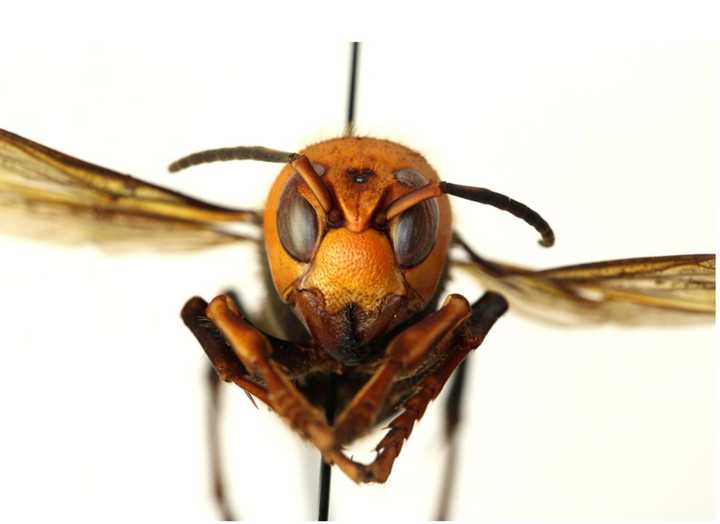Last week, reports of the vicious insects, which are approximately two-inches long and could be potentially deadly to humans and animals, surfaced on the West Coast, adding anxiety to those already gripped in fear from the ongoing COVID-19 pandemic.
According to a spokesperson for the Washington State Department of Agriculture, it was unclear how the hornets made it to the United States, though he said that “normally, they are unwitting hitchhikers on something (like shipping containers) or someone,” he said to CBS News.
"During this trapping season and with the help of public education and encouragement to report suspected sightings, we hope to have a better idea of where they are as well as to eradicate them if we can,” he added.
The giant hornet, Vespa mandarinia, has been known to kill dozens of people each year and could potentially devastate the country’s bee populations, which has already been on the decline.
Research shows that even in people who aren’t allergic, 50 or fewer stings can cause death due to kidney damage.
According to health officials, “Asian giant hornet attacks and destroys honeybee hives. A few hornets can destroy a hive in a matter of hours. The hornets enter a ‘slaughter phase’ where they kill bees by decapitating them.
"They then defend the hive as their own, taking the brood to feed their own young. They also attack other insects but are not known to destroy entire populations of those insects.
“While they do not generally attack people or pets, they can attack when threatened. Their stinger is longer than that of a honeybee and their venom is more toxic. They can also sting repeatedly. If it becomes established, this hornet will have negative impacts on the environment, economy, and public health.”
Click here to follow Daily Voice Tappan-Blauvelt and receive free news updates.
